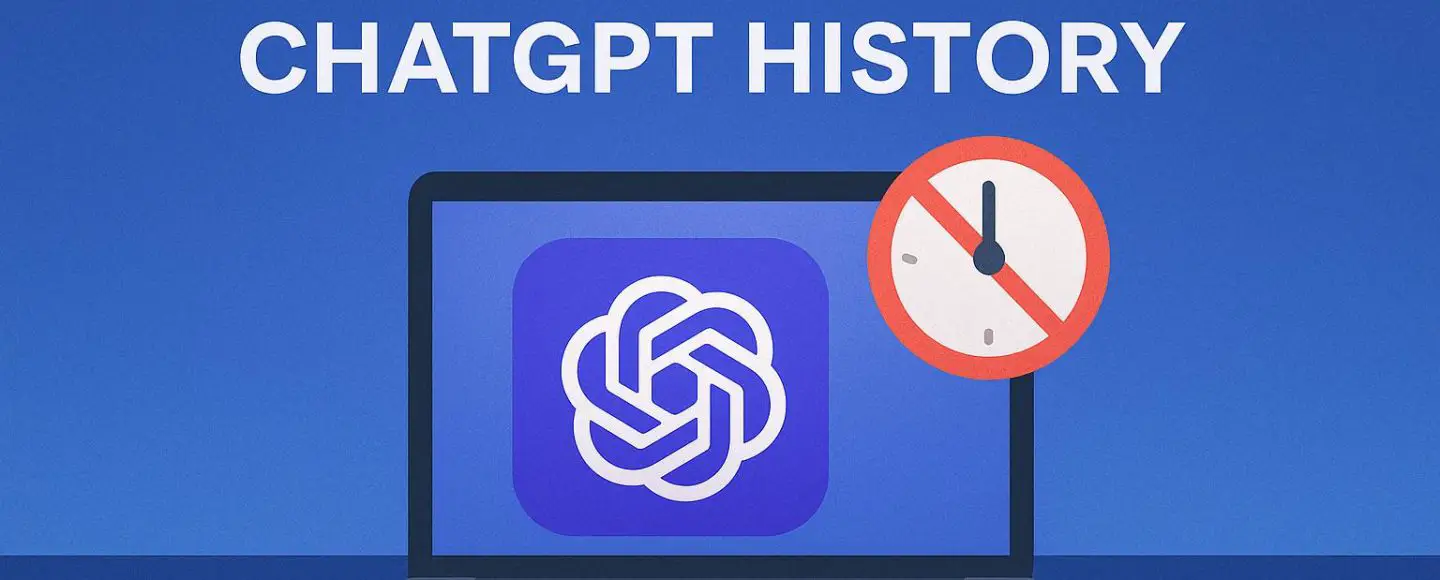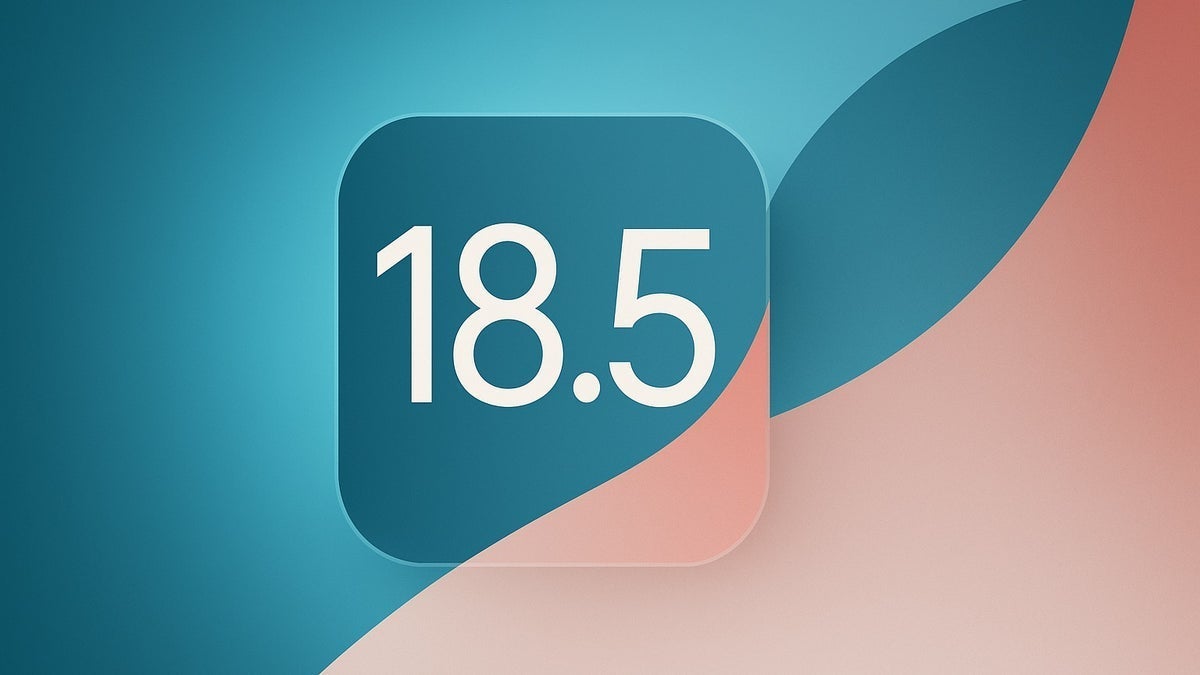Ransomware Wreaks Havoc on Businesses Struggling to Bolster Digital Security Measures
In an alarming trend that shows no signs of abating, ransomware attacks continue to devastate businesses worldwide as organizations struggle to strengthen their digital security infrastructure amid rising threats. Recent data reveals a record-breaking surge in attacks, with devastating financial consequences for unprepared companies. Record-Breaking Surge in Ransomware Incidents January 2025 marked a grim milestone […] The post Ransomware Wreaks Havoc on Businesses Struggling to Bolster Digital Security Measures appeared first on Cyber Security News.

In an alarming trend that shows no signs of abating, ransomware attacks continue to devastate businesses worldwide as organizations struggle to strengthen their digital security infrastructure amid rising threats.
Recent data reveals a record-breaking surge in attacks, with devastating financial consequences for unprepared companies.
Record-Breaking Surge in Ransomware Incidents
January 2025 marked a grim milestone in cybersecurity history, with 590 documented ransomware attacks, nearly five times higher than January 2022 and 34% above the 2024 monthly average of 440.
This surge follows an already troubling 2024, which recorded 5,414 published attacks on organizations worldwide, representing an 11% increase compared to 2023.
“The ransomware landscape has never been more threatening,” says a cybersecurity expert at Arctic Wolf. “We found that in 96% of ransomware incident response cases, the attacker also exfiltrated data to apply pressure and extort payment.”
The fourth quarter of 2024 proved particularly devastating. It experienced the highest level of ransomware activity ever recorded in a single quarter, with 1,663 known victims posted on leak sites, a significant 32% increase from Q3.
This record-breaking activity coincides with a dramatic shift in tactics, as threat actors move beyond opportunistic exploits toward more methodical, repeatable attack patterns.
The financial consequences of these attacks are staggering. The average ransom demand in 2024 reached $2.73 million, almost a $1 million increase from 2023. Even more concerning, research indicates a five-fold rise in ransom demands over the past 12 months alone.
Business disruption, however, often proves more costly than the ransom itself. The average downtime following a ransomware attack extends to 21 days, with healthcare organizations facing average daily losses of $1.9 million during such outages.
This translates to devastating financial impacts that threaten business continuity, particularly for small and medium-sized enterprises.
Notable Recent Attacks Showcase Evolving Threats
In the past six months, several high-profile attacks have occurred that illustrate the evolving sophistication of ransomware operations. In March 2025, Medusa ransomware targeted critical infrastructure across multiple sectors.
Just a month earlier, DragonForce ransomware strategically attacked Saudi-based real estate and construction firms, timing their ransom deadline just before Ramadan.
One of the most significant attacks involved Ascension Health, where Black Basta ransomware compromised the personal and medical records of nearly 5.6 million individuals in December 2024.
That same month, Trinity ransomware operators demanded $38 million from Spain’s tax agency after allegedly stealing 560GB of sensitive data.
Despite cybersecurity experts and law enforcement agencies advising against paying ransoms, many businesses have no choice. A staggering 70% of companies hit by ransomware ultimately pay the hackers to regain access to their files and systems.
Among small and medium businesses, 78% fear a severe attack could put them out of business entirely.
“When patient records in a healthcare site are crucial to keeping patients safe, hospitals feel compelled to pay,” notes a cybersecurity analyst. “The risk calculation isn’t just financial-it can be a matter of life and death.”
Security Budgets Fail to Match Escalating Threats
Despite the clear and present danger, security budgets remain insufficient at many organizations.
Just 49% of organizations have a sufficient budget to meet their cybersecurity needs. In comparison, cybersecurity spending averages only 5.7% of total IT budgets, well below the recommended 7% to 20% range that experts suggest.
Even more concerning, 92% of companies plan to cut costs in areas like people, processes, or technology in 2025, potentially leaving them more vulnerable as threats evolve.
This comes as 55 new ransomware groups emerged in 2024, a 67% increase in group formation from the previous year.
The Path Forward
As ransomware costs are projected to reach approximately $265 billion annually by 2031, businesses must prioritize cybersecurity investments despite economic pressures.
Experts recommend focusing on employee security training, implementing robust backup solutions that remain isolated from main networks, and developing comprehensive incident response plans.
“Organizations must shift from asking if they’ll be attacked to preparing for when it happens,” says a cybersecurity professional. “With 59% of all organizations experiencing ransomware attacks last year, this is no longer a theoretical risk but a business reality requiring immediate attention.”
As businesses navigate this challenging landscape, the gap between security needs and available resources continues to define the digital battleground where criminals hold the upper hand.
Find this News Interesting! Follow us on Google News, LinkedIn, & X to Get Instant Updates!
The post Ransomware Wreaks Havoc on Businesses Struggling to Bolster Digital Security Measures appeared first on Cyber Security News.




































































































































































![[The AI Show Episode 147]: OpenAI Abandons For-Profit Plan, AI College Cheating Epidemic, Apple Says AI Will Replace Search Engines & HubSpot’s AI-First Scorecard](https://www.marketingaiinstitute.com/hubfs/ep%20147%20cover.png)






























































































































![Ditching a Microsoft Job to Enter Startup Purgatory with Lonewolf Engineer Sam Crombie [Podcast #171]](https://cdn.hashnode.com/res/hashnode/image/upload/v1746753508177/0cd57f66-fdb0-4972-b285-1443a7db39fc.png?#)




















































.jpeg?width=1920&height=1920&fit=bounds&quality=70&format=jpg&auto=webp#)


















































































_ElenaBs_Alamy.jpg?width=1280&auto=webp&quality=80&disable=upscale#)


















































































































![Apple Working on Brain-Controlled iPhone With Synchron [Report]](https://www.iclarified.com/images/news/97312/97312/97312-640.jpg)


![Apple Unveils Powerful New Accessibility Features for iOS 19 and macOS 16 [Video]](https://www.iclarified.com/images/news/97311/97311/97311-640.jpg)































































































